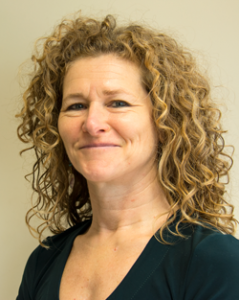Beyond stigma: Challenging STBBI stigma in the classroom
5 mars 2018 • Par Brittany Neron and Makeda ZookSex education is a largely stigmatized and often politically volatile subject, even though access to comprehensive sexuality education is enshrined in international law as a human right.






